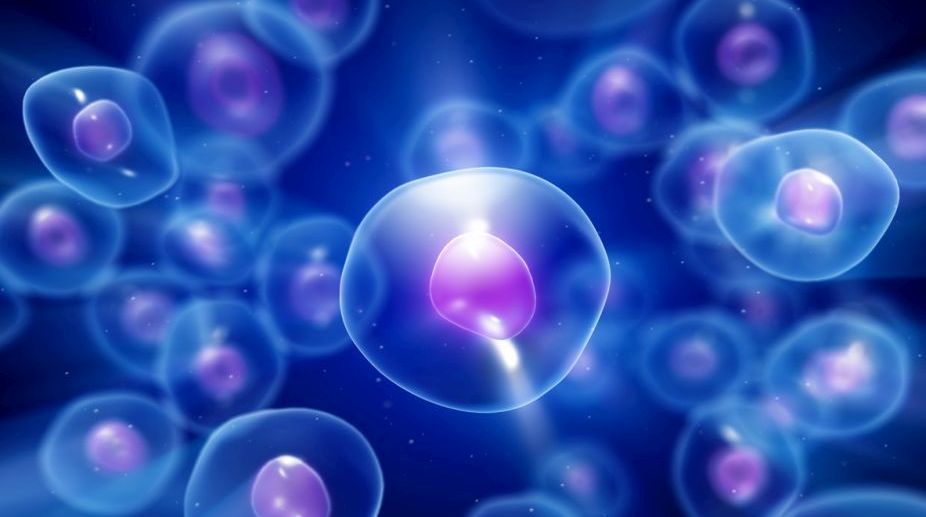Microsoft AI first to reach perfect Ms Pac-Man score
Researchers at Maluuba, a deep-learning startup recently acquired by Microsoft, have developed an artificial intelligence (AI) system that became the…

(Getty Images)
Scientists have developed a Pac- Man like magnetic microbot that can capture and transport individual living cells, an advance that may help probe the response of cancer cells to drugs.
Researchers at North Carolina State University and Duke University in the US have developed a way to assemble and pre-programme tiny structures made from microscopic cubes to change their shape under a magnetic field.
Advertisement
Using the magnetic energy the "microbot origami" can perform a variety of tasks – including capturing and transporting single cells.
Advertisement
The findings, published in the journal Science Advances, pave the way for microbots and micro-origami assemblies that can serve as cell characterisation tools, fluid micromixers, and components of artificial muscles and soft biomimetic devices.
"This research is about a topic of current interest – active particles which take energy from their environment and convert it into directional movement," said Orlin Velev, professor at NC State.
To create the microbot origami, the researchers started with microscopic polymer cubes that are metallic on one side, essentially allowing the metallic side to act as a magnet.
Depending on their positioning, the cubes can be assembled in many different ways.
"Since they are magnetised and interacting, the cubes store energy," Velev said.
"Tiny particles in the shape of cubes can attach together in sequences where they face in different directions to make, for example, clusters that behave like a tiny Pac-Man," he said.
"You can open them by applying a magnetic field and then let them close by turning the magnetic field off," he added.
The researchers then gave the tiny Pac-Man a specific task: capturing a live cell, in this case a yeast cell.
The microbot formed into a boxy shape and, through its opening and closing motions, "swam" to surround the yeast cell. The researchers then turned off the magnetic field that controlled the folding of the microbot to capture the yeast cell, moved it and finally released it.
"We have shown a prototype of self-folding microbot that can be used as a microtool to probe the response of specific types of cells, like cancer cells, for instance," Velev said.
"Previously reported microrobotic structures have been limited to performing simple tasks such as pushing and penetrating objects due to their rigid bodies," said Koohee Han, a PhD candidate at NC State.
"The ability to remotely control the dynamic reconfiguration of our microbot creates a new 'toolbox' for manipulating microscale objects and interacting with its microenvironment," Han said.
The design of microbot origami mimics nature, researchers said.
"The cube sequence programs the shapes of the folding microbots. Proteins work in the same way," said Wyatt Shields, a postdoctoral researcher at Duke University.
"The sequence of amino acids in a protein will determine how it folds, just as the sequence of cubes in our microbot will determine how it folds," Shields said.
Advertisement